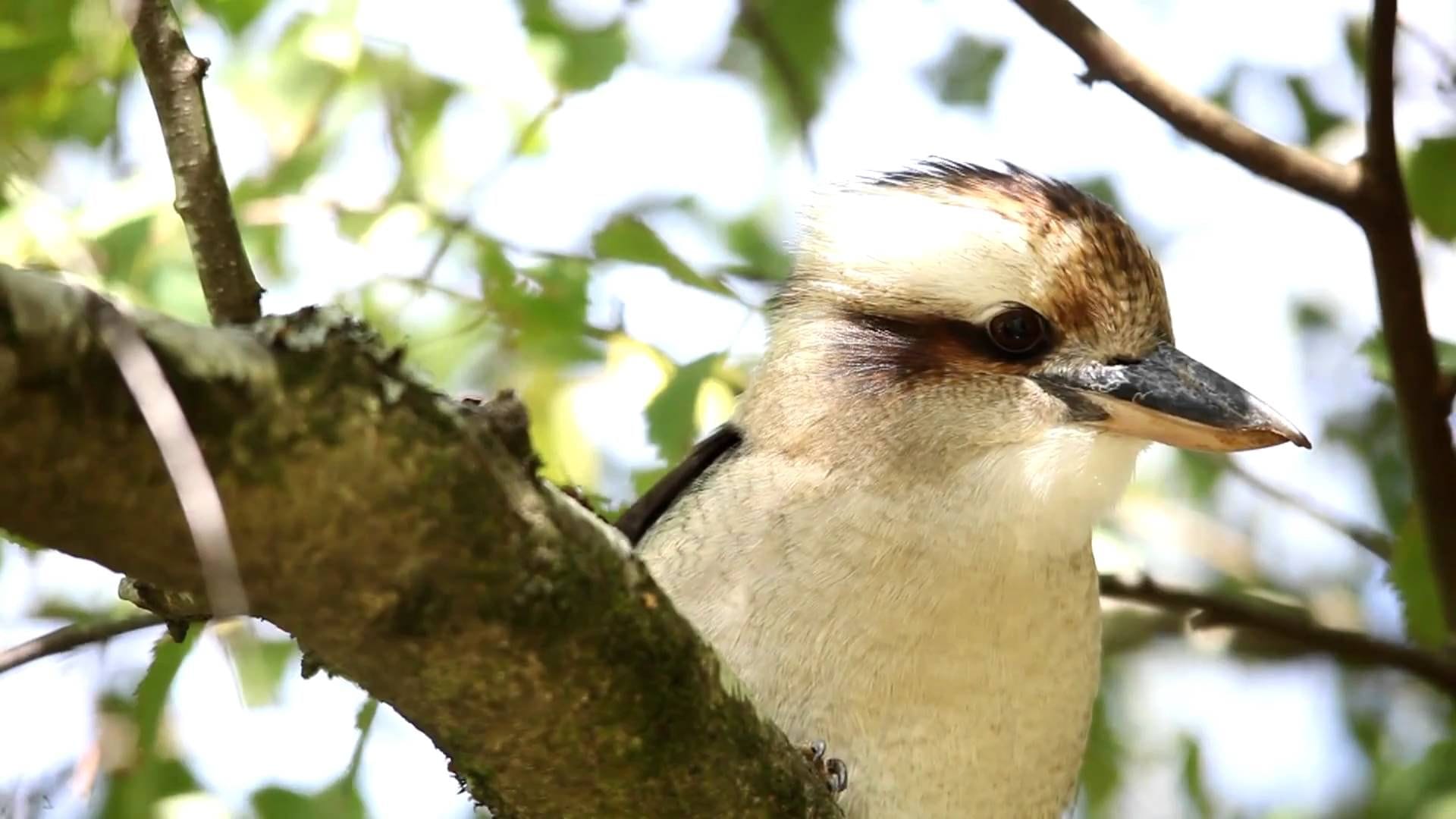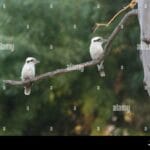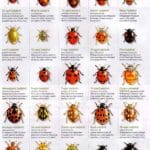This iconic Australian children’s song, “Kookaburra Sits in the Old Gum Tree,” has a rich history filled with cultural significance and unexpected controversy. From its humble beginnings at a Girl Guides jamboree to a high-profile copyright dispute, this catchy tune continues to resonate with people worldwide. Let’s delve into the lyrics, explore its origins, and uncover the complexities of this seemingly simple song.
The Kookaburra’s Catchy Beginnings
In 1932, Marion Sinclair, a music teacher and Girl Guide leader at Toorak College in Melbourne, composed “Kookaburra Sits in the Old Gum Tree” for a Girl Guides competition to raise funds for Britannia Park. Its public debut came two years later at the annual Girl Guides Jamboree in Frankston, Victoria, where its simple melody and lyrics quickly captivated young audiences. The song’s depiction of the kookaburra, a native Australian kingfisher known for its distinctive laugh, resonated with people, connecting them to the natural beauty of the Australian bush. This early success suggests its potential for widespread appeal.
From Campfire to Copyright Clash
The song’s popularity spread rapidly, becoming a staple in Australian nurseries, kindergartens, and schools. It evolved into a symbol of Australian childhood, evoking feelings of nostalgia and representing a simpler time. However, the “Kookaburra” story took an unexpected turn in the 1980s. The Australian band Men at Work released their hit song “Down Under,” which contained a flute riff bearing a striking resemblance to “Kookaburra.” This similarity sparked a high-profile copyright dispute between Larrikin Music, the copyright holder of Sinclair’s composition, and Men at Work. The legal battle, which spanned several years, concluded in 2010 with a court ruling in favor of Larrikin Music, setting a significant precedent for copyright law in the music industry.
Lyrical Evolution and Debate
Adding another layer of complexity to the song’s history is the debate surrounding its lyrics. The original lyrics include the phrase “gay your life must be,” reflecting the word’s common usage in 1932 as “happy” or “carefree.” However, the evolving meaning of “gay” has led to discussions about its appropriateness in a children’s song. Some schools and groups have opted to change the lyric to “fun your life must be” or similar alternatives. This adaptation reflects the ongoing dialogue surrounding language evolution, cultural sensitivity, and how we interpret older texts in modern contexts. Principal Gary Martin, who implemented such a change at his school, stated, “All I was doing was substituting one word for another which had the same meaning.”
Deconstructing the Kookaburra Rhyme
“Kookaburra Sits in the Old Gum Tree” is more than a children’s song; it’s a cultural artifact. Let’s explore its rhyme scheme, lyrical meaning, and further analyze the controversies surrounding it. The original lyrics, as penned by Marion Sinclair, are as follows:
| Verse | Lyrics |
|---|---|
| 1 | Kookaburra sits in the old gum tree |
| Merry, merry king of the bush is he | |
| Laugh, Kookaburra! Laugh, Kookaburra! | |
| Gay your life must be. | |
| 2 | Kookaburra sits in the old gum tree |
| Eating all the gumdrops he can see | |
| Stop, Kookaburra! Stop, Kookaburra! | |
| Leave some there for me. |
The simple AABB rhyme scheme contributes to its memorability, making it easy for children to learn and sing. However, some variations exist, including alternate second verses such as “Counting all the monkeys he can see.” These adaptations, while common, differ from Sinclair’s original composition. Thinking of getting a koi fish as a pet? If so, you’re probably wondering about their koi fish life expectancy.
Modern Interpretations and the “Gay” Debate
The discussion around the word “gay” within the lyrics continues to this day. While some argue for preserving the original text for historical accuracy, others advocate for adapting the language to align with contemporary understanding and avoid potential misinterpretations. This debate highlights the complexities of balancing historical context with modern sensibilities and raises questions about censorship and artistic integrity.
The Kookaburra’s Enduring Legacy
Despite the controversies and legal battles, “Kookaburra Sits in the Old Gum Tree” remains a beloved classic. Its simple melody and evocative imagery continue to resonate with generations, both in Australia and globally. Ongoing research explores the song’s impact on Australian culture, its representation in media, and the nuances of its lyrical interpretations. While the future of its legacy may evolve, its place in Australian cultural history remains secure. This enduring popularity likely stems from its ability to connect people with nature, evoke childhood memories, and spark conversations about language and cultural values.
- Unveiling Bernhard Caesar Einstein’s Scientific Achievements: A Legacy in Engineering - July 15, 2025
- Uncover who is Jerry McSorley: CEO, Family Man, Business Success Story - July 15, 2025
- Discover Bernhard Caesar Einstein’s Scientific Contributions: Unveiling a Legacy Beyond Einstein - July 15, 2025
















1 thought on “Kookaburra Sits in the Old Gum Tree Lyrics: A Story of Song, Controversy, and Cultural Impact”
Comments are closed.